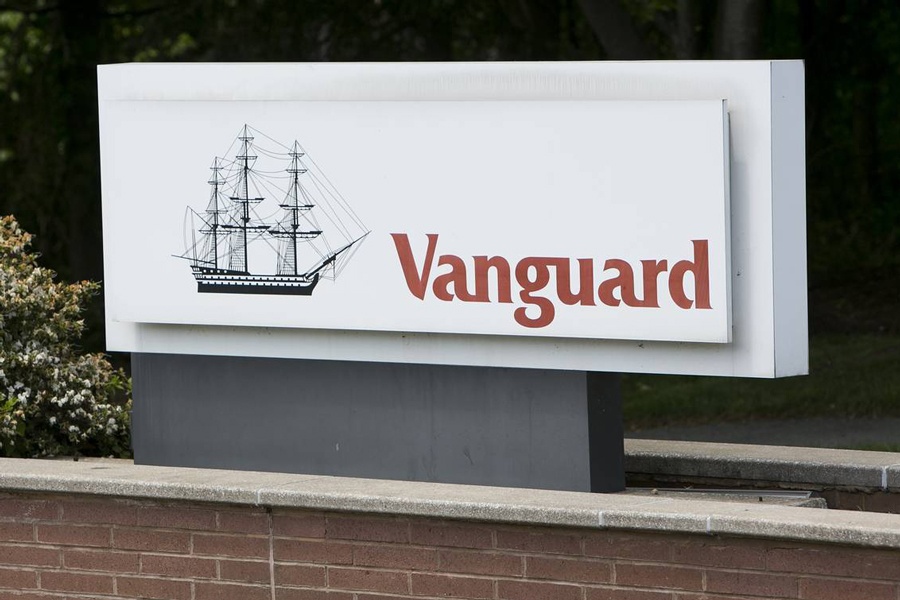

In a move to make transferring 401(k) plan assets easier when an employee changes jobs, Vanguard is introducing an automated portability service for sponsor clients and their plan participants. The service is expected to launch in mid-2022, the company said in a release.
Vanguard said it has engaged Retirement Clearinghouse, a provider of plan consolidation services, to create the solution, which will automate the movement of an employee’s 401(k) account from their former employer’s plan into an active account with their current employer’s plan.
“Together with RCH, we aim to help the most vulnerable plan participants combine their retirement assets, capture the vast benefits of a 401(k) plan, and enhance their overall financial well-being,” John James, managing director and head of Vanguard’s institutional investor group, said in the release.
Vanguard said 401(k) participants with smaller balances often fail to roll over their retirement savings into their new company's plan or tax-advantaged vehicles after changing jobs.
When a participant leaves a job with less than $5,000 in their 401(k), employers can transfer small-balance accounts out of the plan and into a Safe Harbor IRA, where fees can be higher. Vanguard said this can result in a proliferation of stranded Safe Harbor IRAs, participant cash-outs and the forfeiture of future savings and returns.

Canadian stocks are on a roll in 2025 as the country prepares to name a new Prime Minister.

Two C-level leaders reveal the new time-saving tools they've implemented and what advisors are doing with their newly freed-up hours.

The RIA led by Merrill Lynch veteran John Thiel is helping its advisors take part in the growing trend toward fee-based annuities.

Driven by robust transaction activity amid market turbulence and increased focus on billion-dollar plus targets, Echelon Partners expects another all-time high in 2025.

The looming threat of federal funding cuts to state and local governments has lawmakers weighing a levy that was phased out in 1981.
RIAs face rising regulatory pressure in 2025. Forward-looking firms are responding with embedded technology, not more paperwork.
As inheritances are set to reshape client portfolios and next-gen heirs demand digital-first experiences, firms are retooling their wealth tech stacks and succession models in real time.
